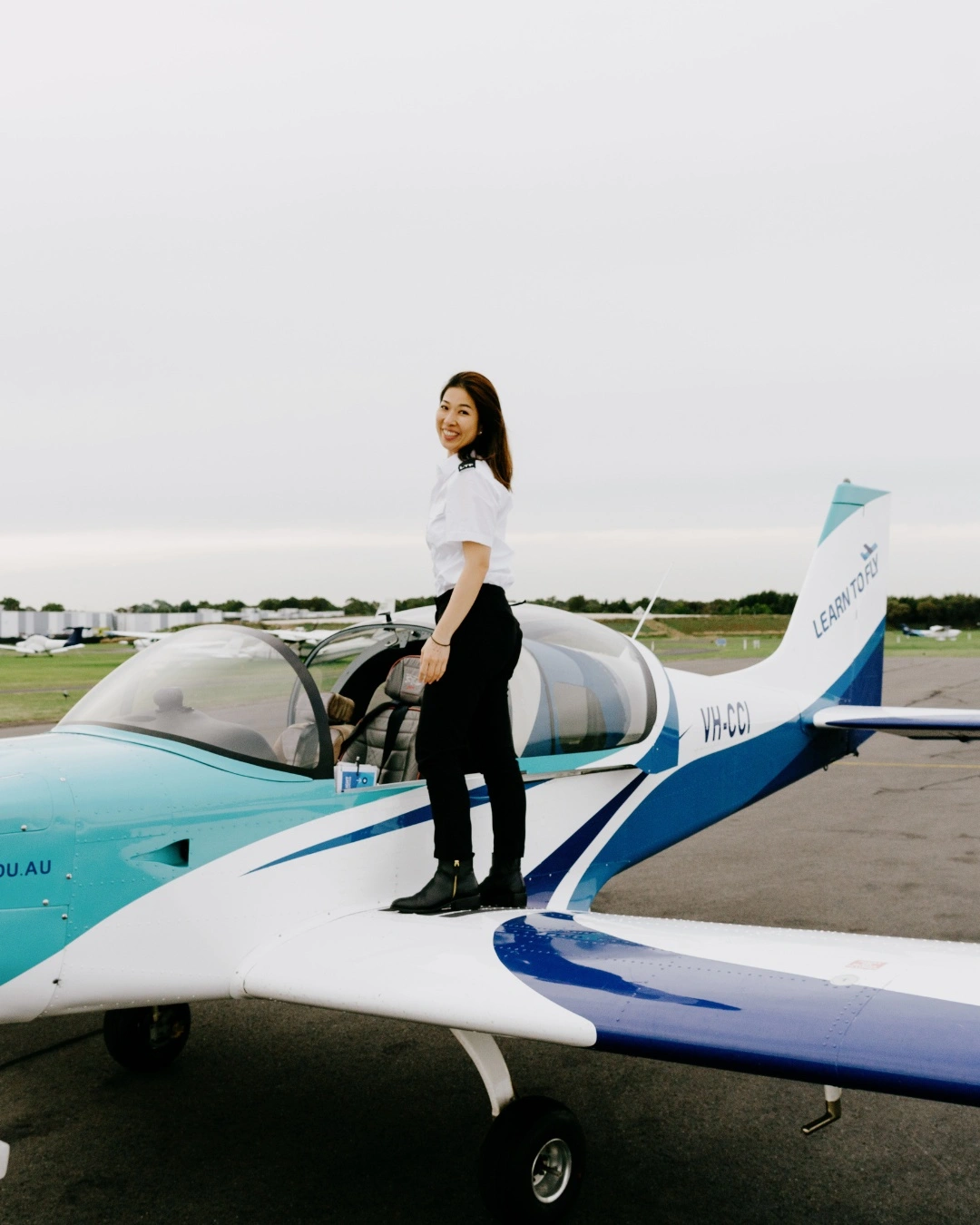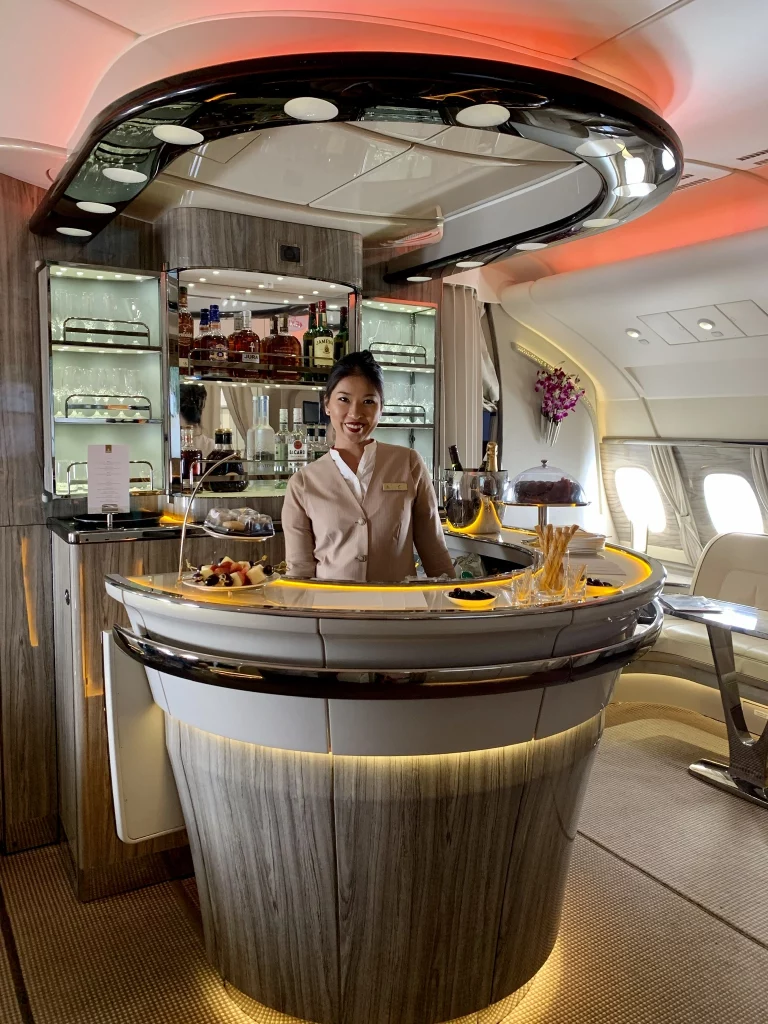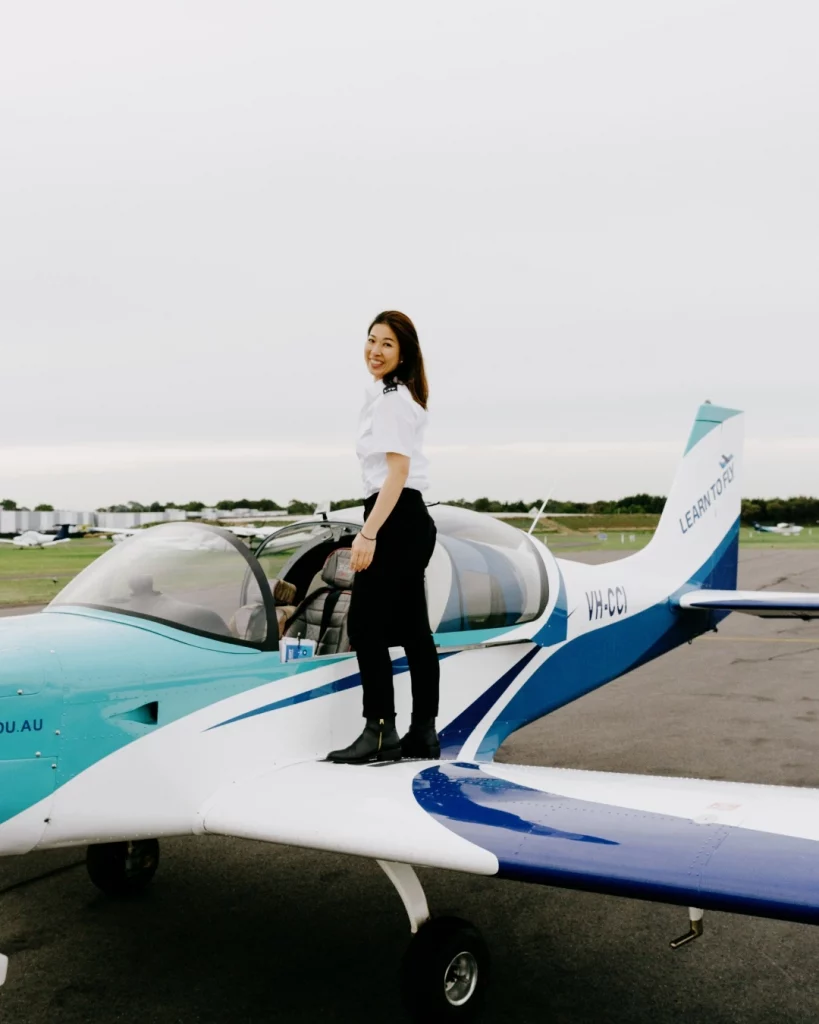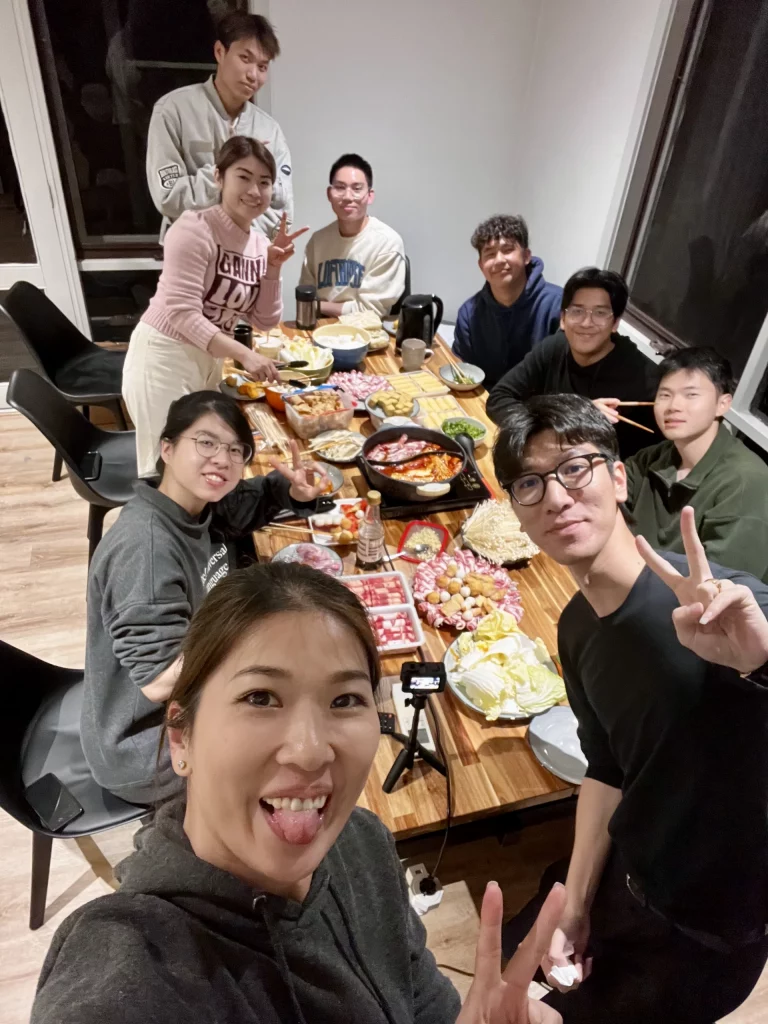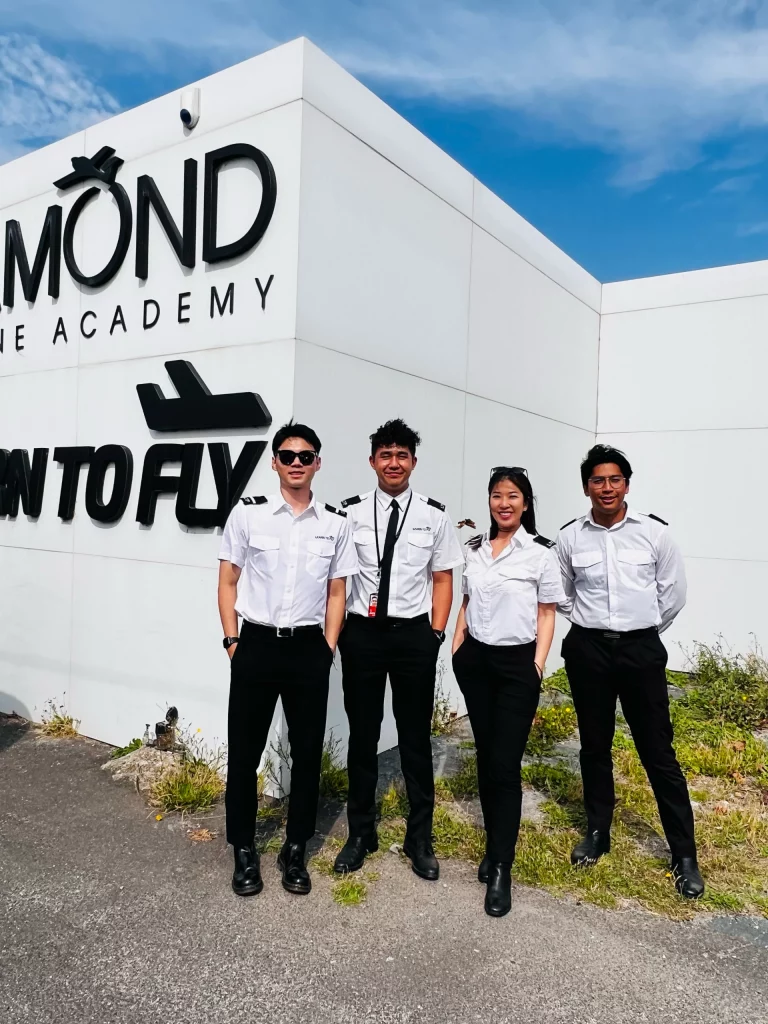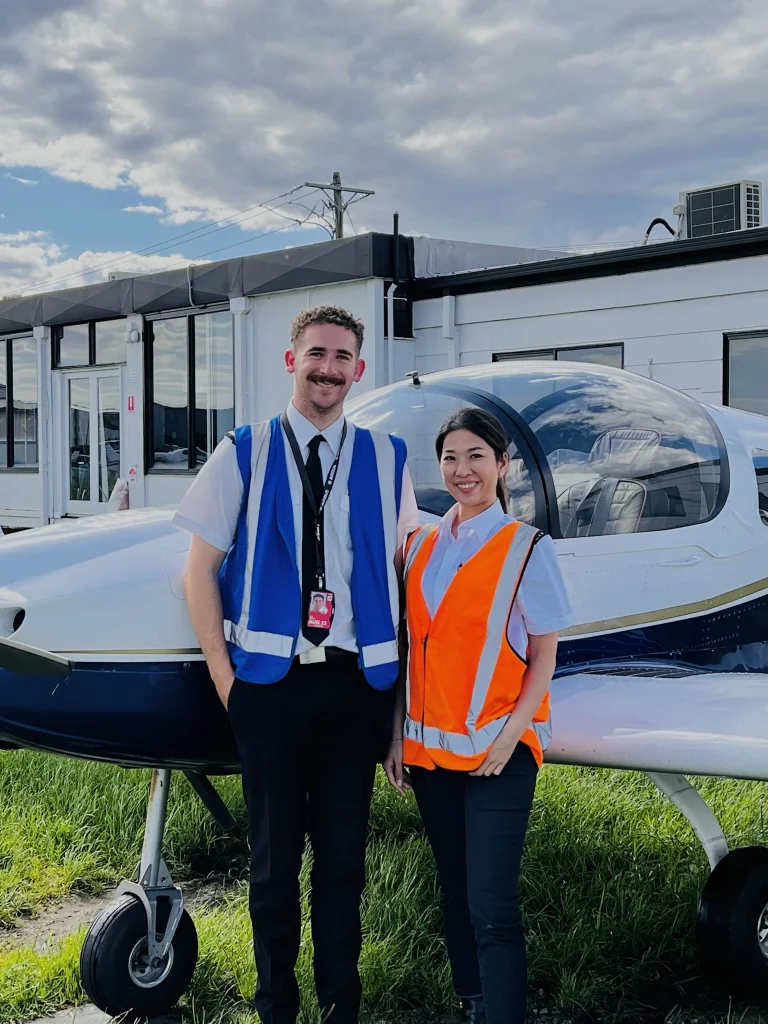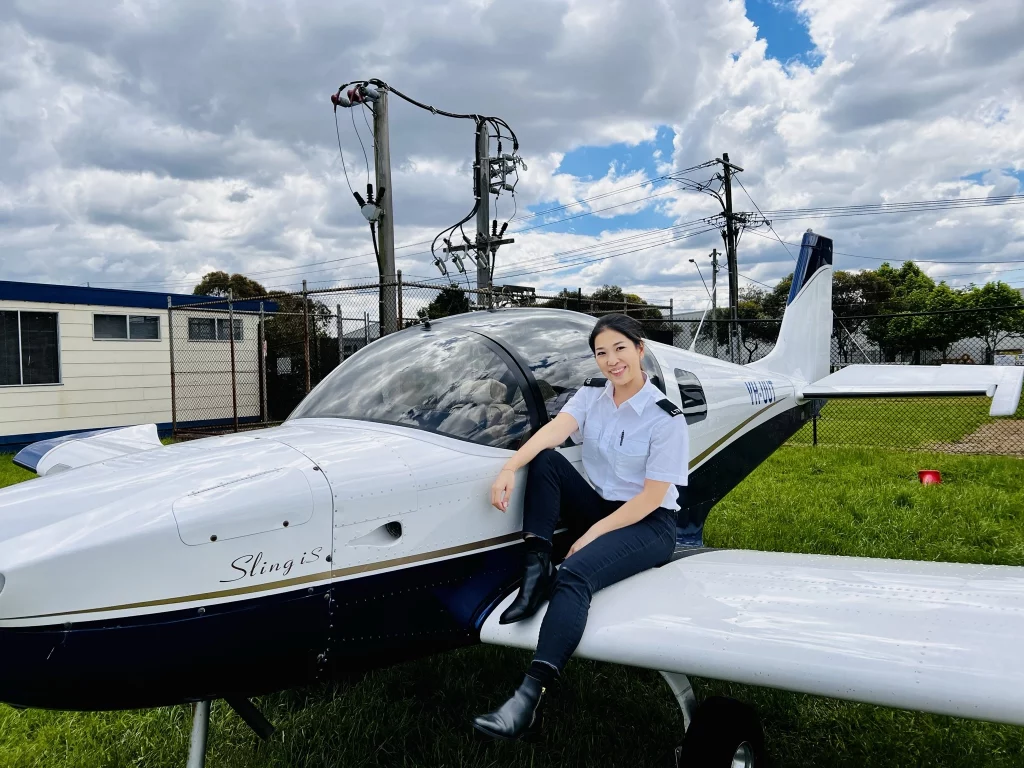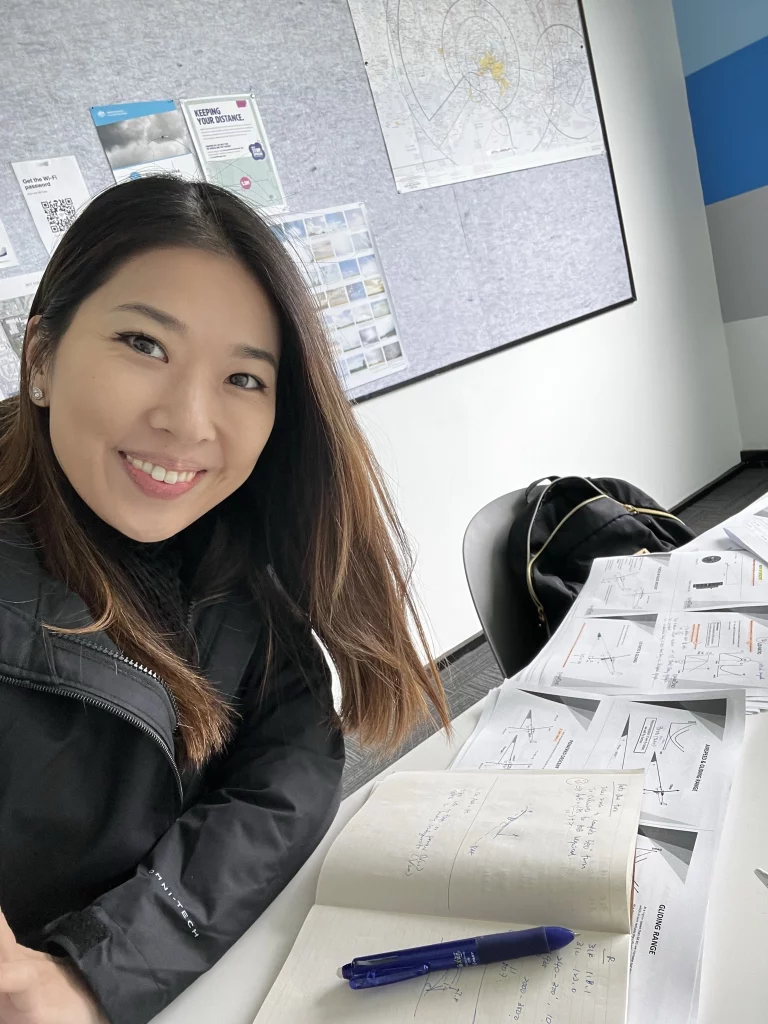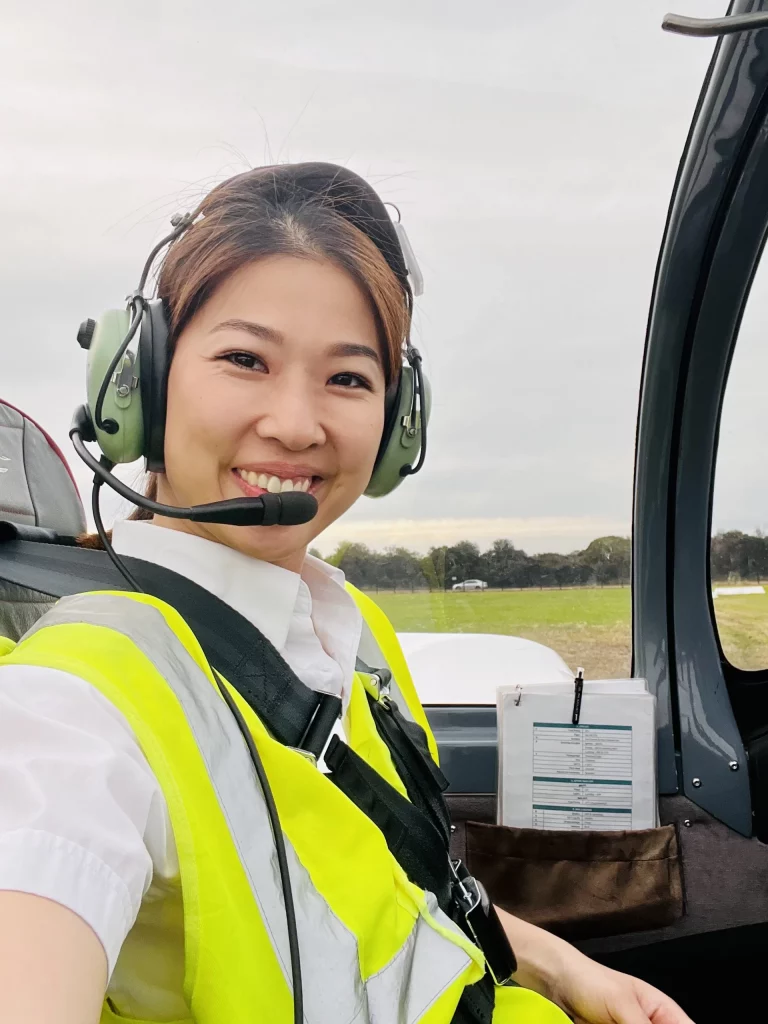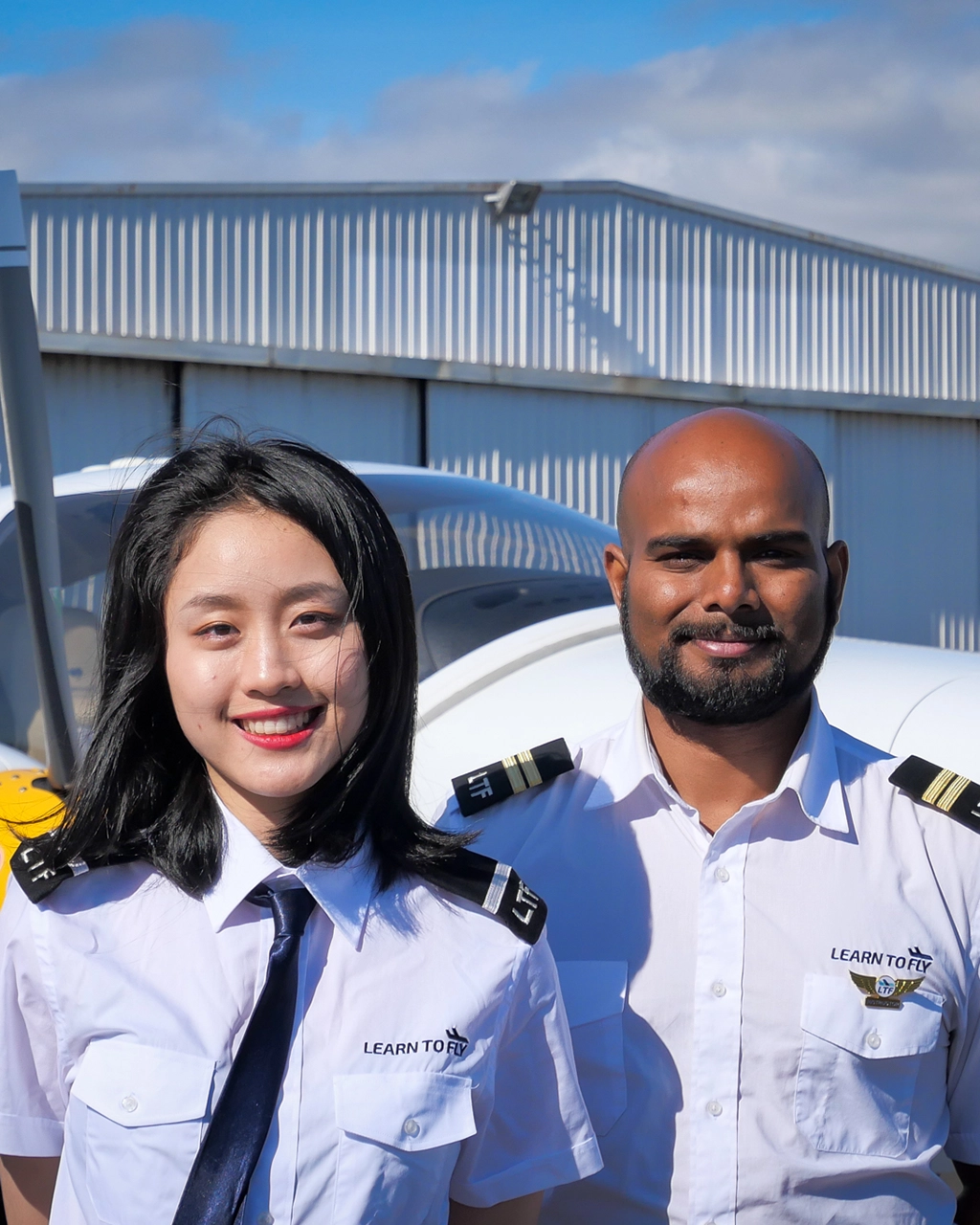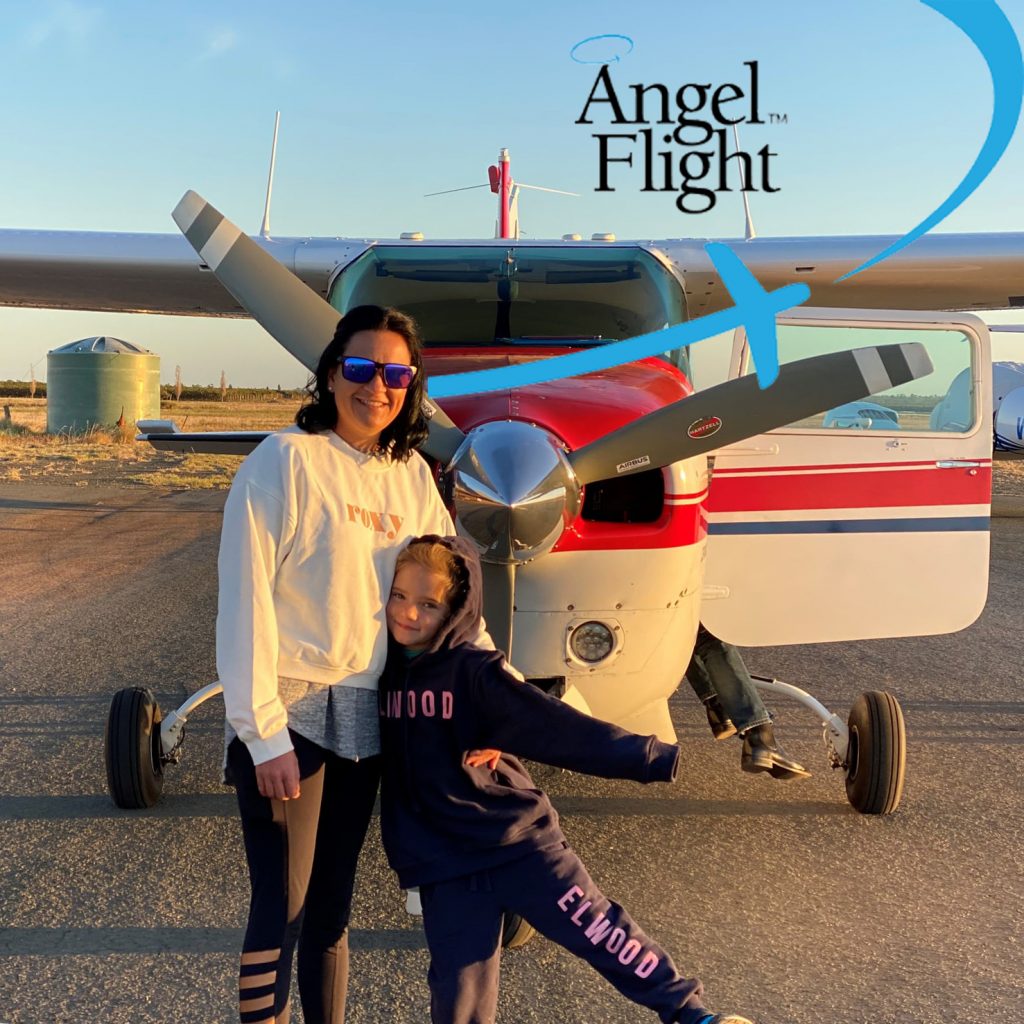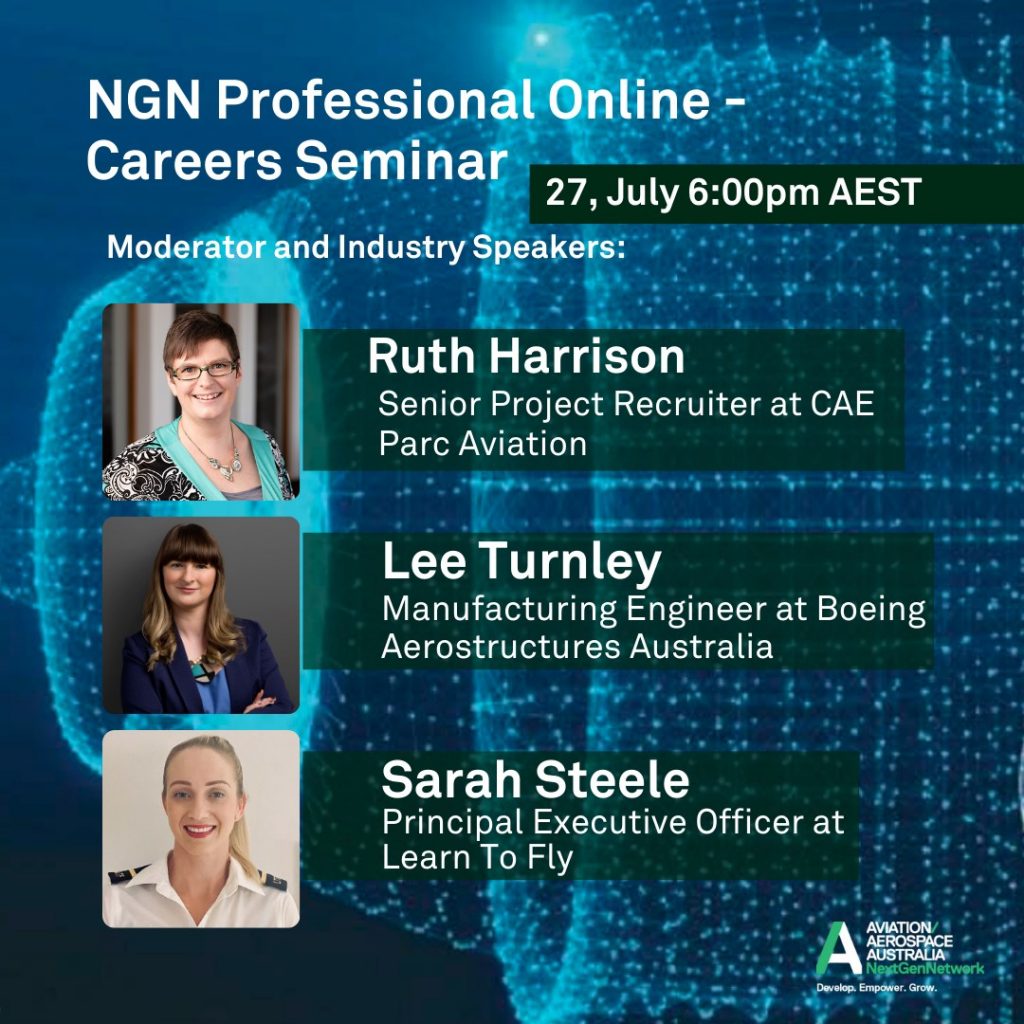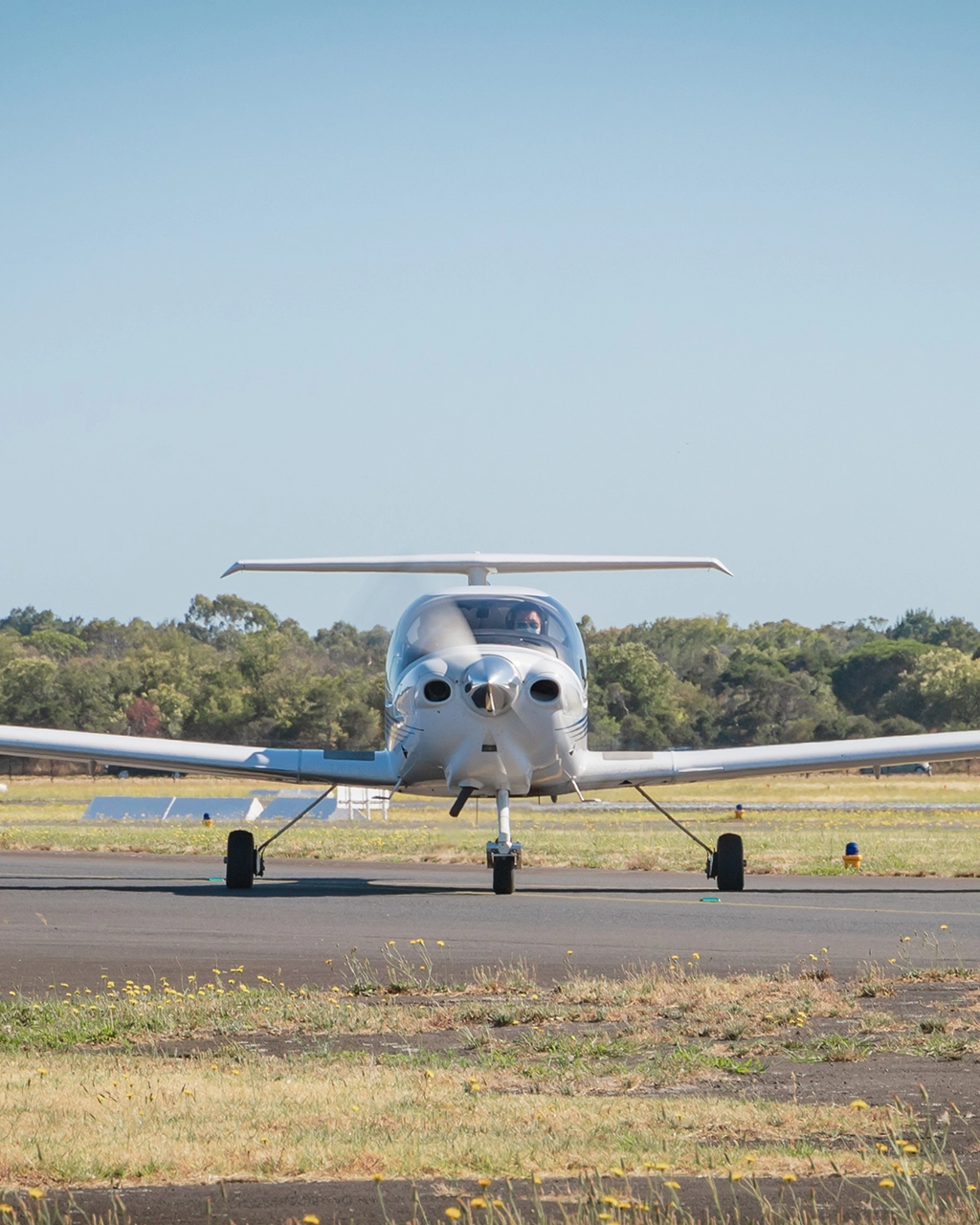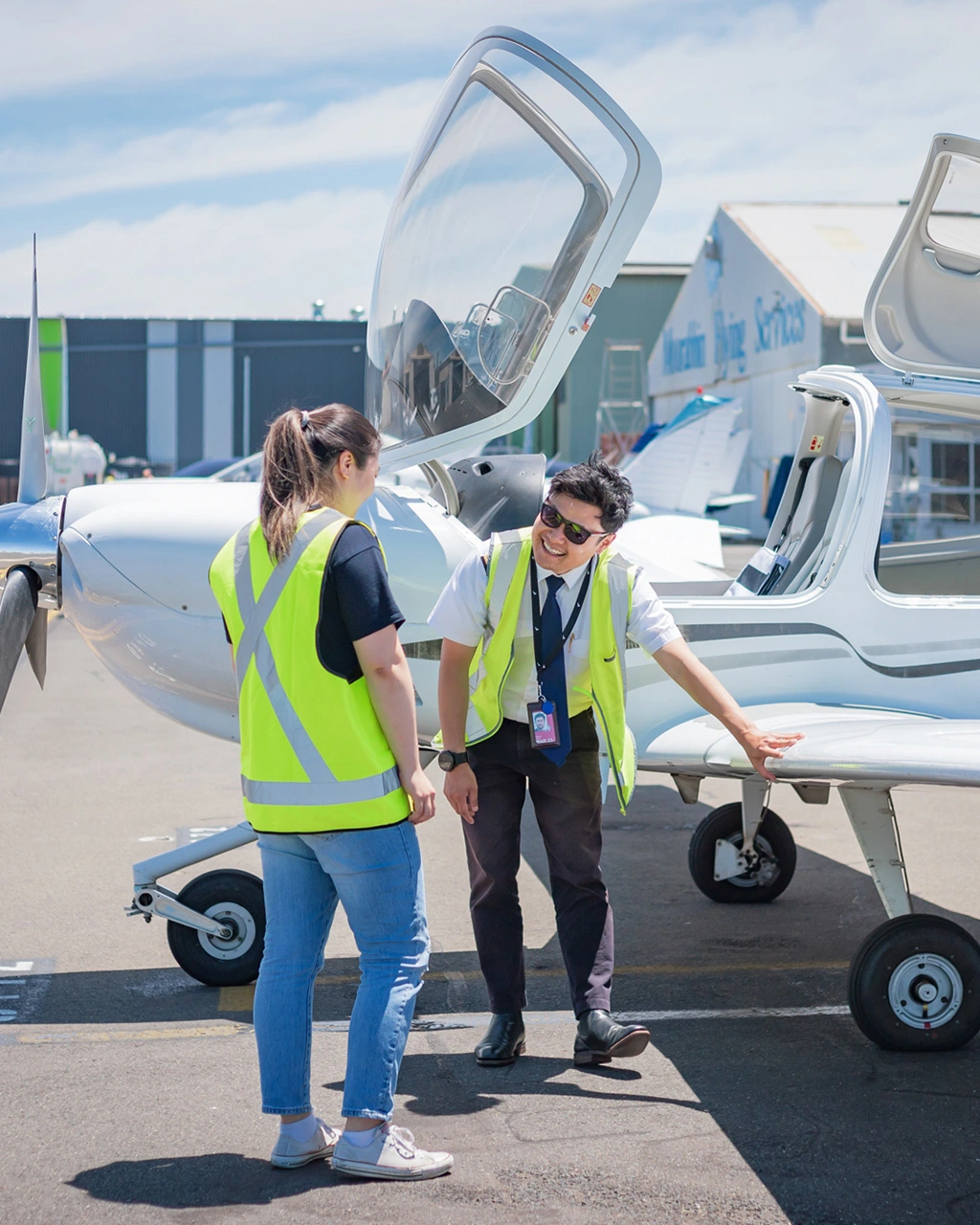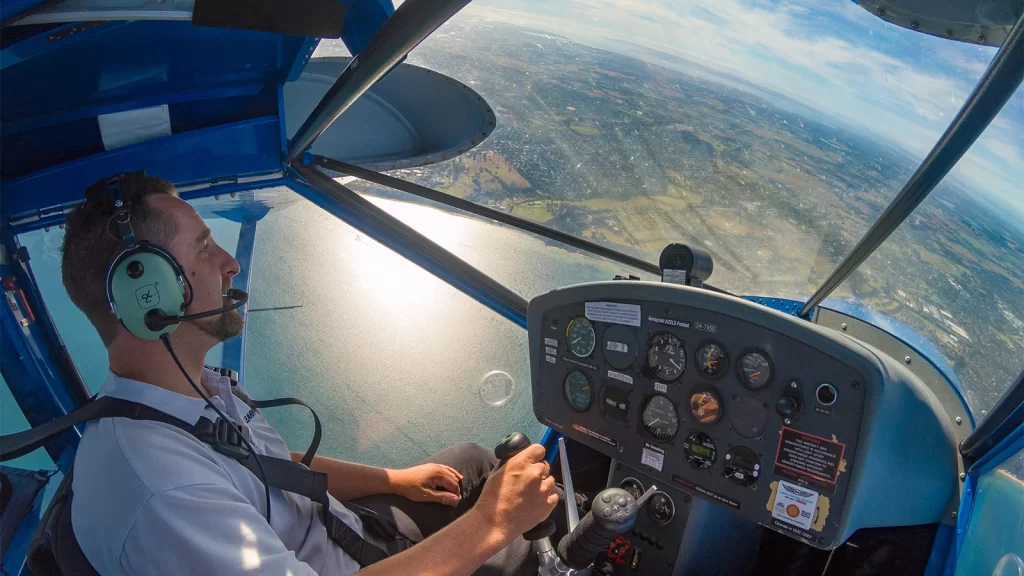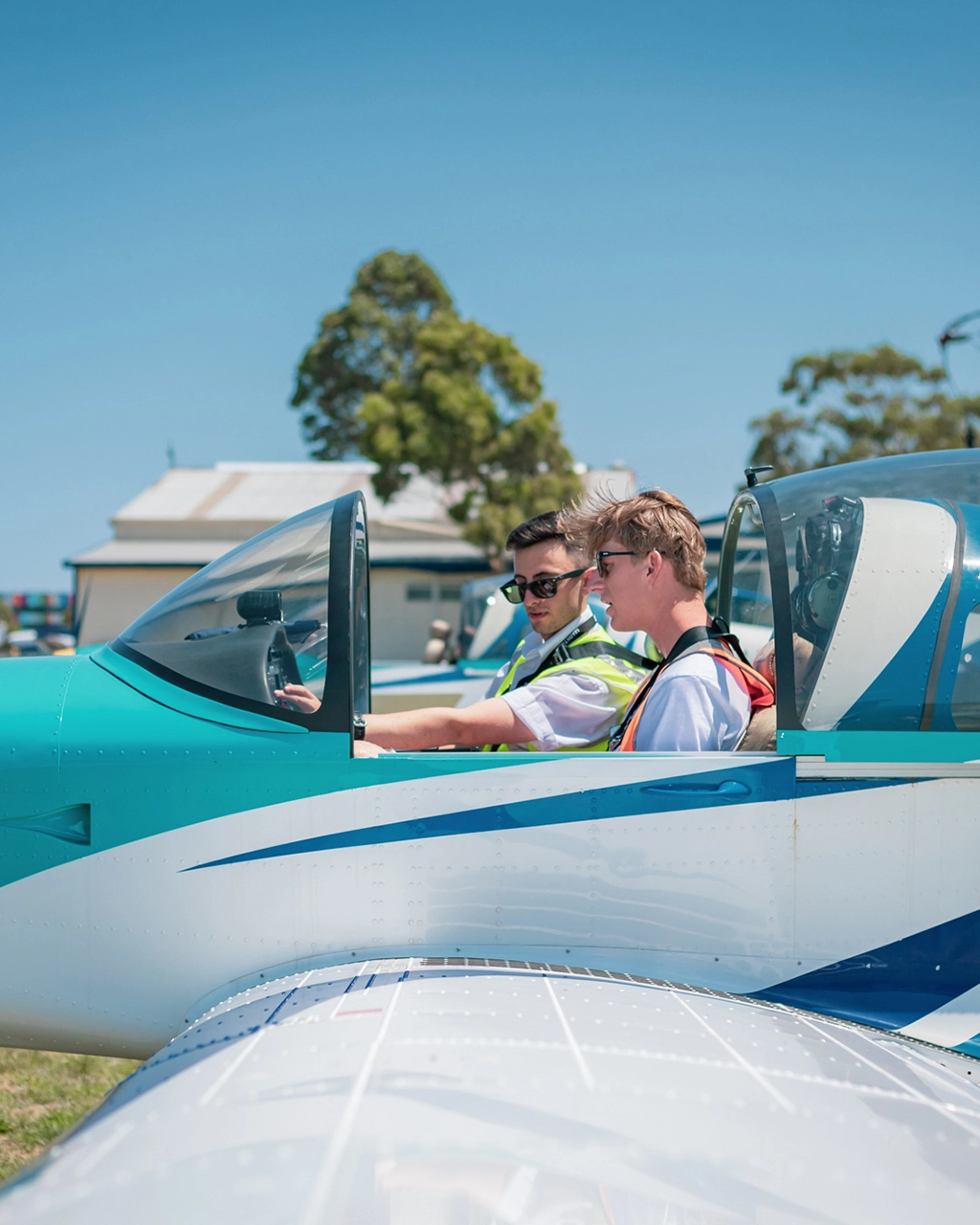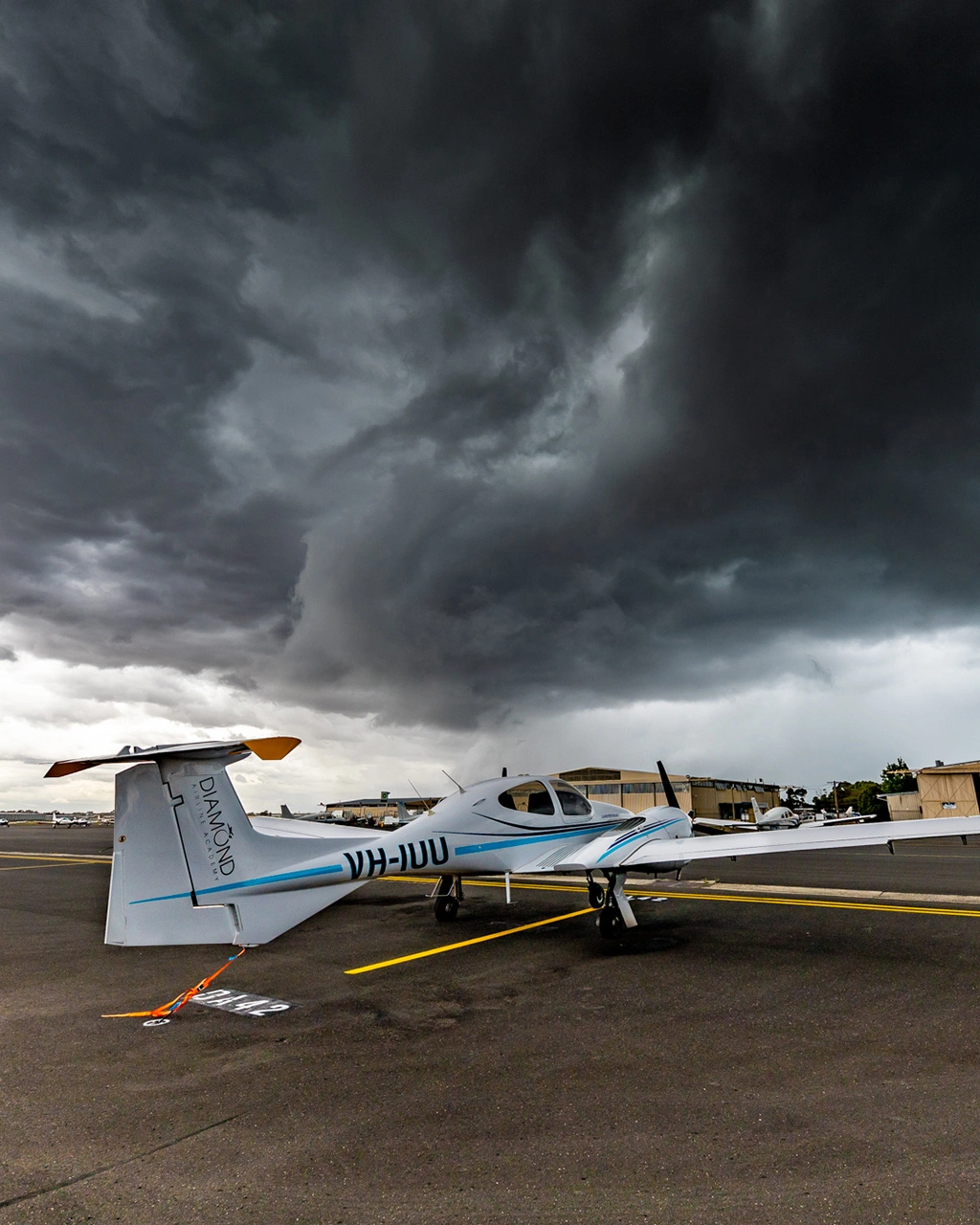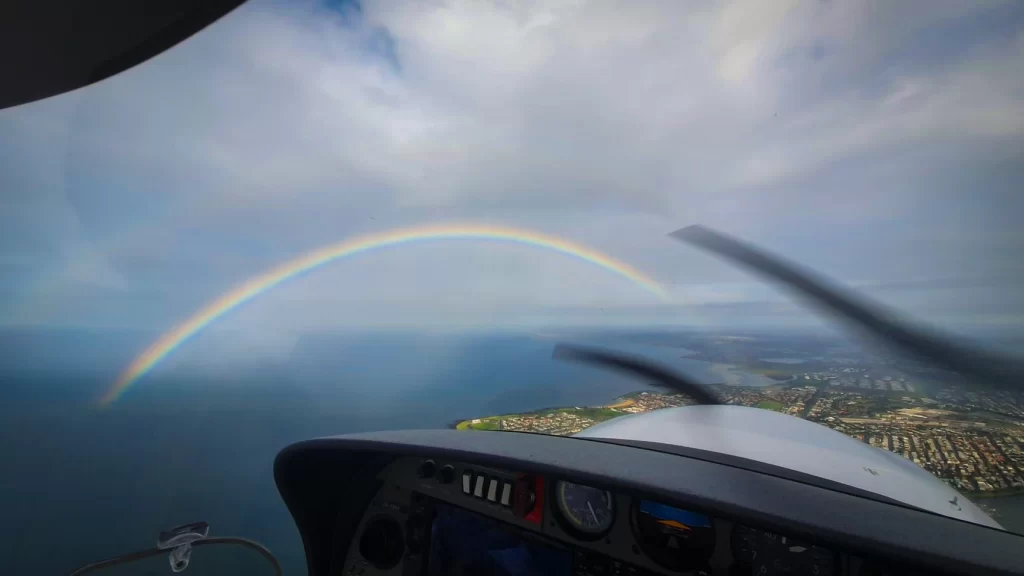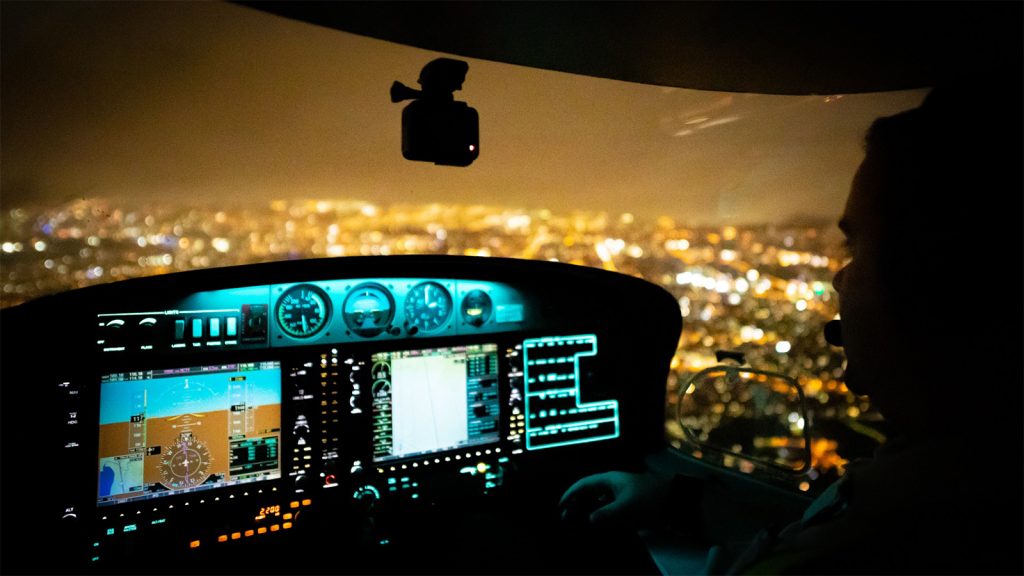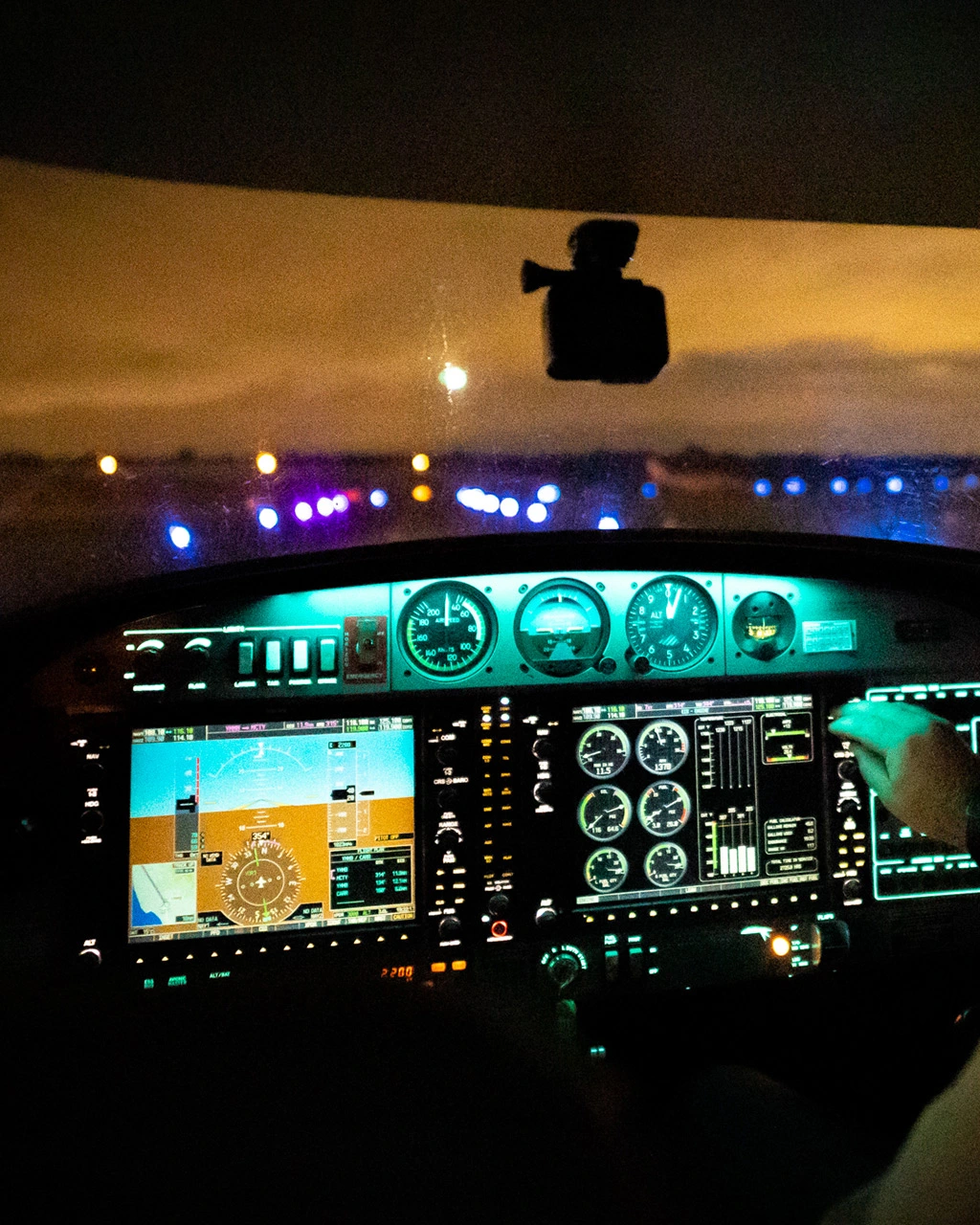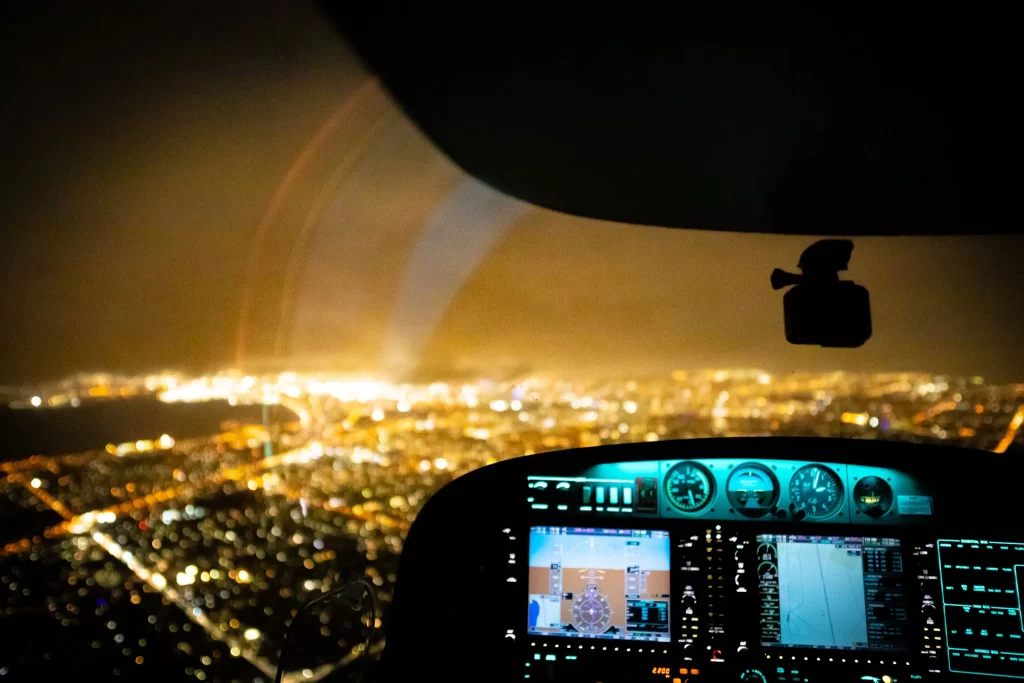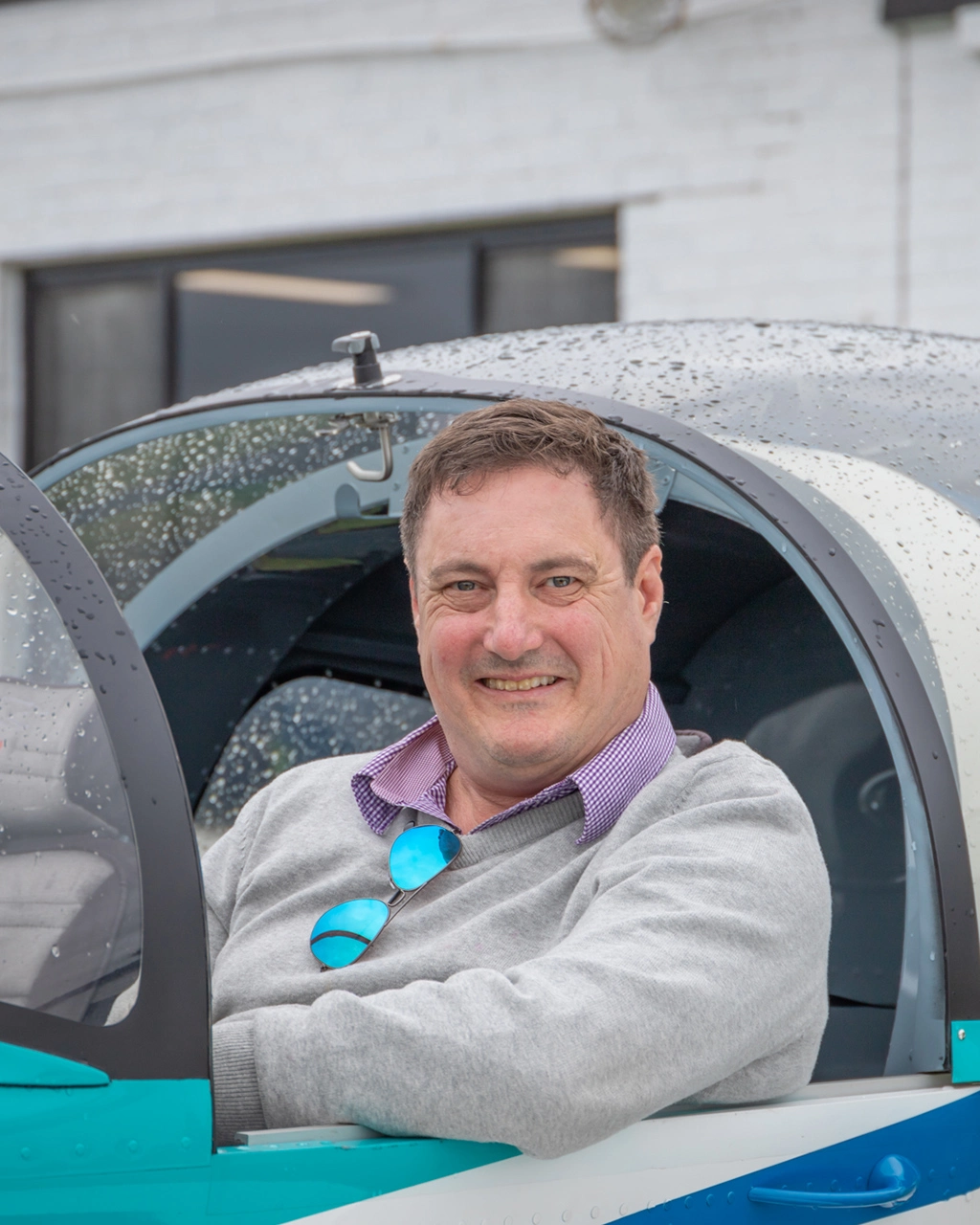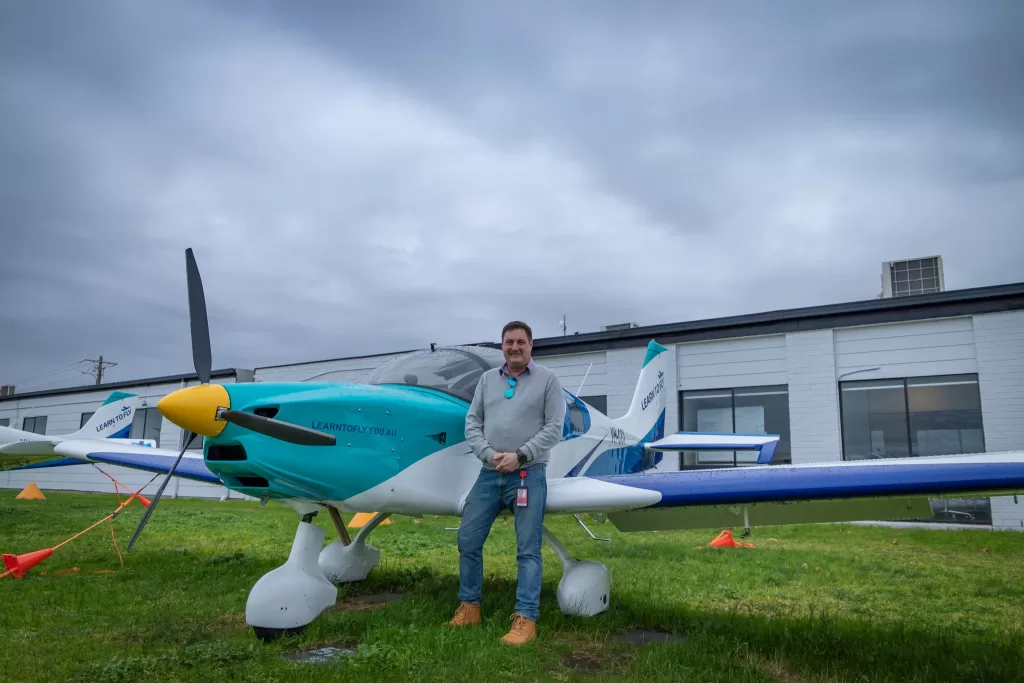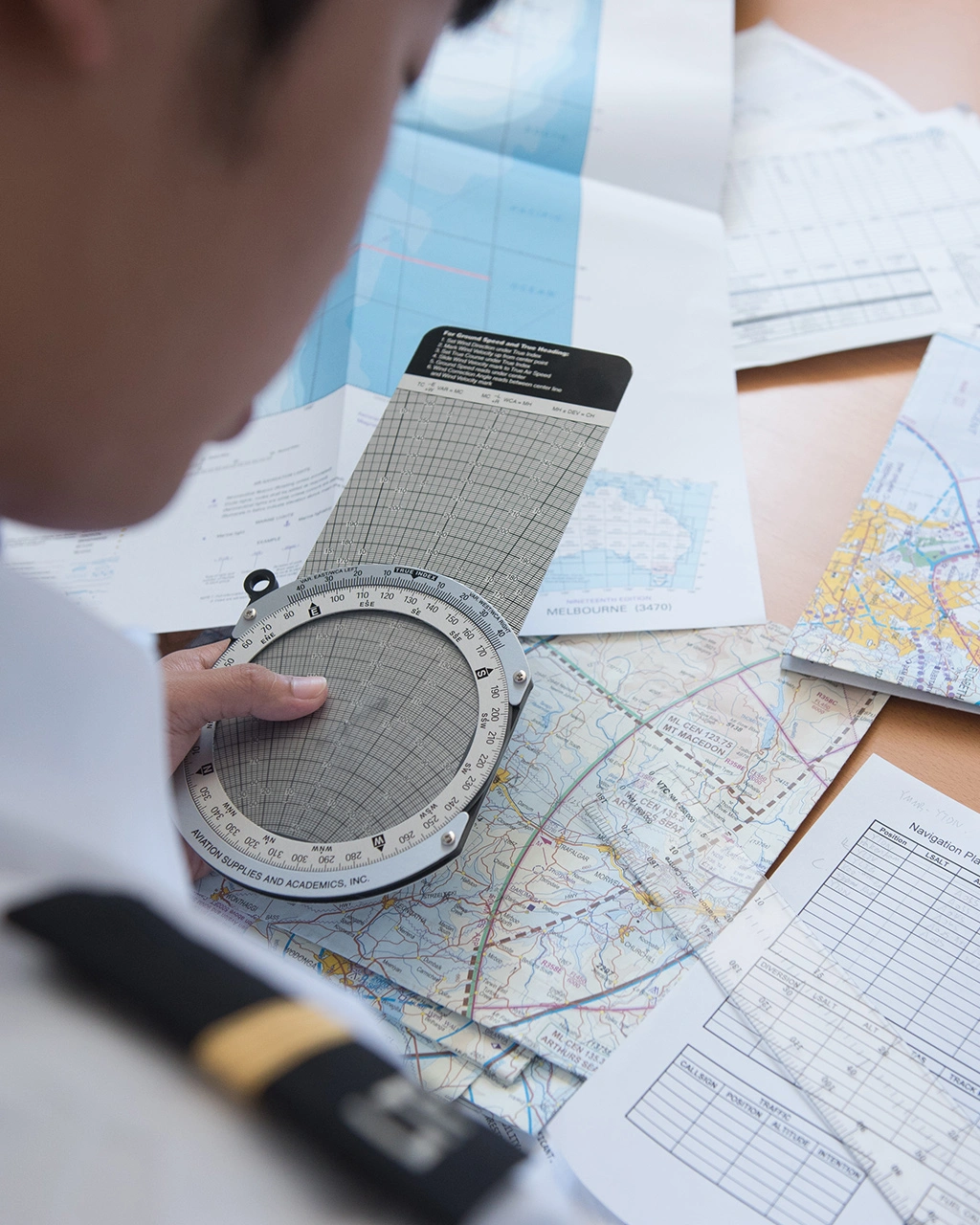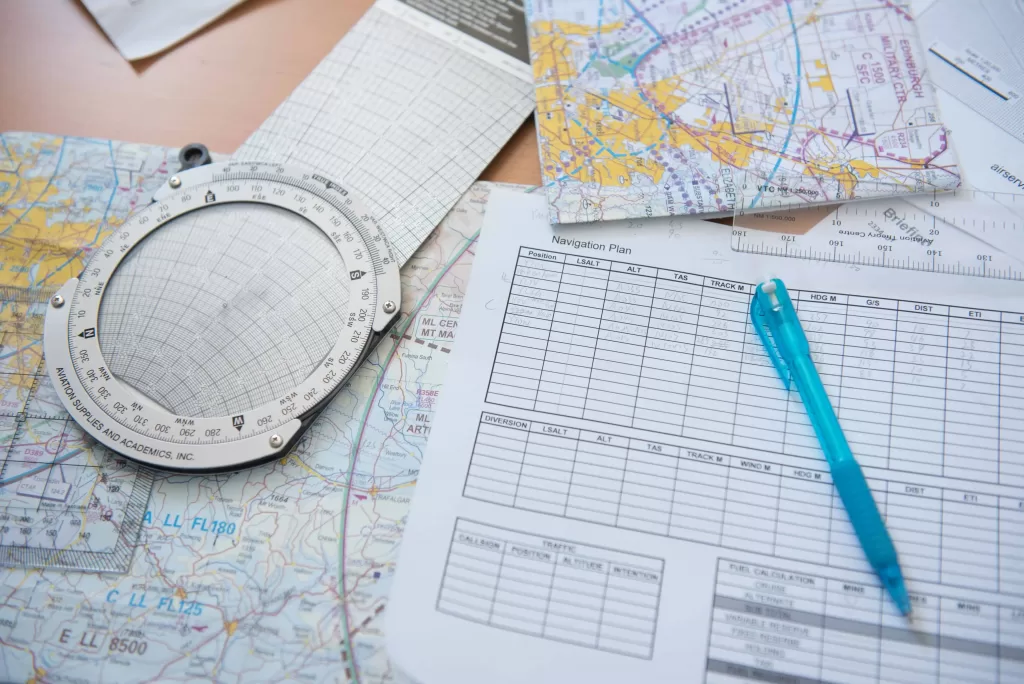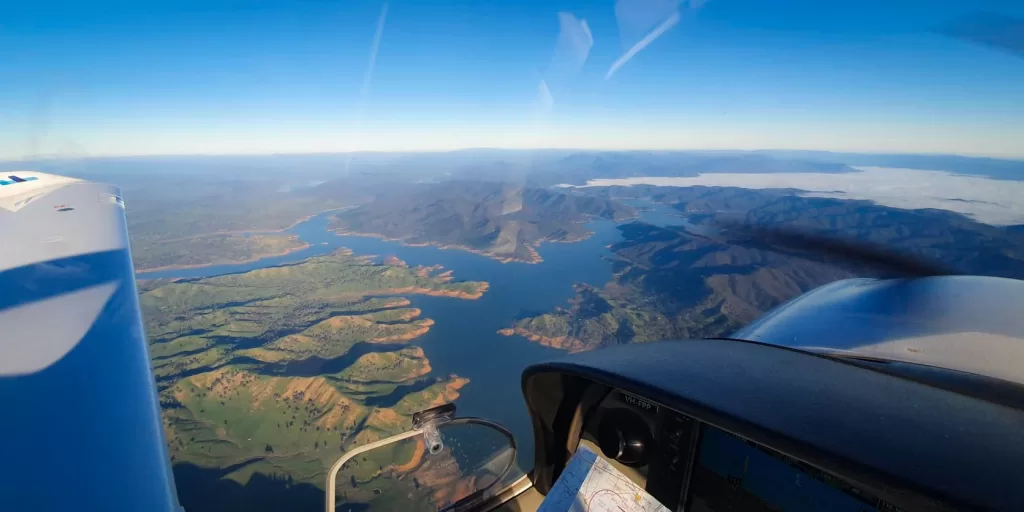The Cathay Pacific Cadet Pilot Programme provides a solid career pathway for aspiring commercial pilot licence holders. By joining the program, you will receive sponsored training to become a pilot to operate regional, long haul and ultra-long haul flights. Applications to the 55-week Cadet Pilot Programme are open year-round. To help ensure your application is as strong as possible, this post “The Cathay Pacific Cadet Pilot Selection Process: Tips and Insights” is intended to guide you.
Tip #1: Eligibility
Our first tip for the selection process focuses on eligibility. Eligibility for the program is a key part of your application success. As a starting point, make sure that you can check the primary boxes to apply now:
You can apply now if you are:
- A Hong Kong Permanent resident;
- A graduate from secondary school with good passes in English language, Mathematics or Science; a degree in any discipline will also be considered provided you meet the secondary school criteria;
- Physically fit and qualified for a Civil Aviation Department (HKCAD) Class 1 Medical Certificate;
- Able to meet their flight deck reach requirements;
- Have or can achieve ICAO (International Civil Aviation Organization) English Language Proficiency level 4 or above; and
- Aged 18 years or above.
Tip #2: Understand the Cathay Pacific Cadet Pilot Selection Process
Understanding the Cathay Pacific Cadet Pilot Selection Process will help with your application. If Cathay selects you to progress to interview, you can then expect to go through multiple stages to progress your application. The better your understanding of this process, the more preparation you’ll be able to undertake to improve your performance at each stage. The stages include the following:
1. Qualify for application, then apply.
2. Vaccination confirmation
3. English ICAO confirmation (Level 4 or higher)
5. CUT-E aptitude test, maths and working behaviour test
6. HR interview
7. Group exercise interview and flight planning exercise
8. Final interview
9. Medical checks
10. Background check
11. Cadet training sponsorship offer
More recently, it has been noted that the group exercises are not part of the Cathay online interview process so some of the above process is subject to these changes.
Tip #3: Prepare Before You Apply
The competitiveness of cadet pilot positions stems from their openness to applicants with no prior experience. This is combined with a preference for the most experienced and qualified applicants. Consequently, submitting a strong initial application becomes crucial for advancing to the interview stage. Excelling throughout the interview process is equally important.
Preparation plays a vital role, making a significant difference in your appeal as an applicant. While prior flying experience is not mandatory, we highly recommend it for three reasons. Firstly, having flying experience on your CV demonstrates dedication and passion for aviation. Secondly, showcasing your knowledge of flying benefits you during the interview. Lastly, flight training can be intense and demanding. By completing some initial training beforehand, you can alleviate stress during the training phase and significantly enhance your chances of success.
Tip #4: Undertake Airline Interview Coaching Sessions
Presented by an airline interview and career specialist, this Learn To Fly coaching course has been the secret preparation weapon for many successful airline applicants. This course is available to attend in person or via live online distance learning.
Experience has shown us that preparation is the most important factor in successful airline applications and interviews. Our Airline Interview Coaching Session guides you through airline recruitment processes, along with the various elements and phases that make up the interview.
Our Airline Interview Coaching Sessions start with the initial application phase, discussing airline selection process methods and optimal CV presentation. We’ll then look at HR interview skills, technical assessment expectations and group exercises. We focus on perfecting the skills required for optimum performance and analysing techniques in mock interview scenarios.
Check out the Course Guide for more information and booking instructions.
Tip #5: Join Learn To Fly For Our ‘Future Cadet Pilot Program‘
If you want to have your best shot at the Cathay Pacific Cadet Pilot Selection Process, this is a top tip. The Future Cadet Pilot Program (FCPP) is a comprehensive course that integrates aviation theory, practical flight training, and Airline Interview Coaching Session. Initially, it empowers you with the essential knowledge and skills to create and submit a top-notch application. Subsequently, it instils confidence in navigating the interview stages. Lastly, the practical training component enhances your performance during the cadet program’s flight training phase.
The FCPP has three package options available:
Lite: 5 flying hours, 2 LTF sim hours, as well as 1 B737-800 sim hour
Solo: 15 flying hours, 2 LTF sim hours, as well as 1 B737-800 sim hour
RPL: 25 flying hours, 2 LTF sim hours, as well as 2 B737-800 sim hours
Want to know more? Schedule a meeting with us or get in contact, and one of our flight training specialists can answer your questions. It’s a very exciting time for pilots who want to fly for Cathay, and therefore the time to start preparing is NOW!
Read the course guide here.
Looking For More?
Our social media offers free flight training videos and much more – so, give us a follow at https://linktr.ee/learntoflymelbourne.
What Else Should I Know?
We’ve compiled a few useful posts that might help you out. Where ever you are on your aviation journey, the team at Learn To Fly Melbourne are here to help. We want you to pass your exams and have an excellent career, so please reach out if we can help support you through your course and studies!
Cathay Cadet Pilot Program – Questions & Answers
We received some fantastic questions during our recent webinar on applying for the Cathay Cadet Pilot Program in 2022. We weren’t able to answer them all live, but we have covered the majority of questions and answers here.
Learn To Fly Scholarship Recipient Dean Shing Starts at Cathay Pacific
Our scholarship recipient was Dean Shing, who was accepted into the Cathay Pacific cadetship program. He came to Melbourne to complete his flight training and fly solo, and we caught up with him to talk about the process, as well as his love for flying.
Recommended Pathways for Becoming an Airline Pilot for Overseas Students
There has never been a better time than right now to get into the aviation industry. In this blog, we discuss the pathways available to overseas students with a deep desire in becoming an airline pilot.
The Secret Weapon for 75 Successful Airline Pilot Interview Students
Discover the secret weapon to airline pilot interview success! Learn to Fly is working with Senior Captain Darren McPherson from ACS (Aviation Consulting Services) to provide Airline Interview Training, and together we have helped numerous candidates successfully pass their airline interviews over the past 2 years.
Airline Pilot Career Pathways
Are you serious about an airline pilot career? In this blog we discuss some of the airline pilot career pathways available to you.











